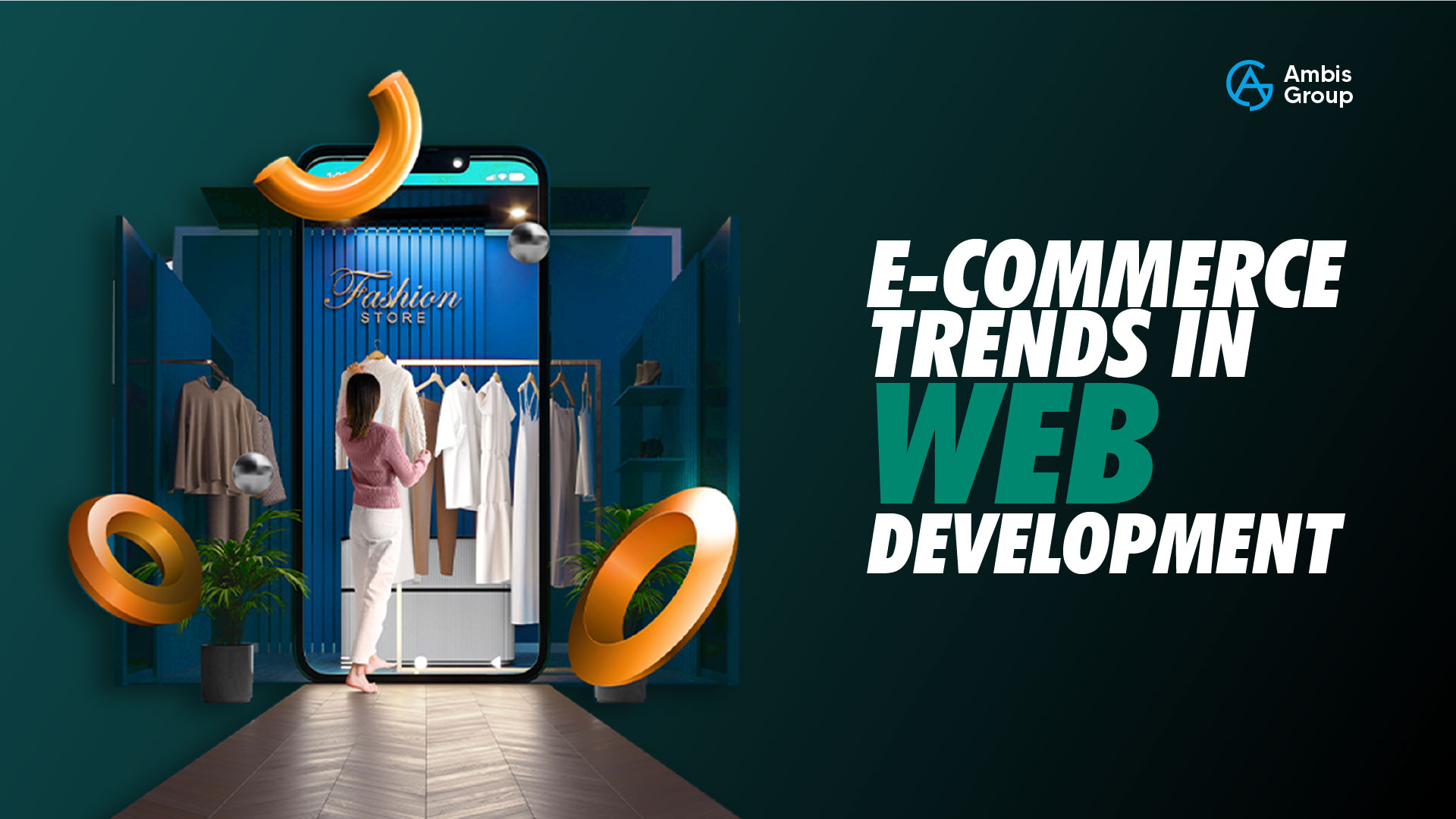E-Commerce Trends in Web Development

E-Commerce Trends in Web Development
E-commerce has experienced exponential growth over the past decade, and the role of web development in enhancing online shopping experiences cannot be overstated. As customer expectations evolve, web developers are leveraging cutting-edge technologies to create seamless, engaging, and secure e-commerce platforms. Here’s a deep dive into the latest trends transforming the e-commerce web development landscape.
1. Headless Commerce
Headless commerce separates the front-end (user interface) from the back-end (e-commerce functionality), enabling developers to deliver a tailored user experience across multiple platforms, such as websites, mobile apps, and even IoT devices.
- Benefits: Faster load times, enhanced flexibility, and the ability to integrate with emerging technologies.
- Example: Shopify’s headless APIs allow businesses to create custom front-ends while leveraging Shopify’s robust back-end.
2. Progressive Web Apps (PWAs)
PWAs combine the best of web and mobile apps, providing users with a fast, app-like experience directly in their browsers.
- Key Features: Offline access, push notifications, and reduced load times.
- Impact on E-Commerce: Higher conversion rates and increased engagement.
- Example: Alibaba’s PWA led to a 76% increase in conversions across browsers.
3. AI-Powered Personalization
Artificial Intelligence is revolutionizing how e-commerce websites interact with users by delivering hyper-personalized experiences.
- Applications:
- Product recommendations based on browsing history.
- Predictive search results.
- Personalized email marketing.
- Example: Amazon’s recommendation engine contributes significantly to its sales by tailoring product suggestions to individual users.
4. Voice Commerce Integration
With the rise of voice assistants like Alexa and Google Assistant, voice commerce is gaining traction. Web developers are incorporating voice search optimization and integration into e-commerce platforms.
- Benefits: Hands-free shopping and faster searches.
- Consideration: Implementing natural language processing (NLP) to understand user queries effectively.
5. Augmented Reality (AR) and Virtual Reality (VR)
AR and VR technologies are enhancing online shopping by bridging the gap between physical and digital retail.
- Use Cases:
- Virtual try-ons for clothing, makeup, and accessories.
- 3D previews of furniture or home decor.
- Example: IKEA’s AR app helps customers preview furniture in their spaces before buying.
6. Mobile-First Design
As mobile commerce (m-commerce) continues to dominate, web developers are prioritizing mobile-first designs.
- Best Practices:
- Responsive layouts.
- Faster mobile page loading through AMP (Accelerated Mobile Pages).
- Finger-friendly navigation.
- Stat: By 2024, mobile commerce sales are expected to account for 44% of total e-commerce sales.
7. Subscription Models and Membership E-Commerce
Many businesses are adopting subscription-based models, where customers pay for recurring deliveries or memberships. Web developers are integrating features to manage subscriptions seamlessly.
- Features to Include:
- Auto-renewal options.
- Flexible subscription management.
- Discounts for long-term memberships.
- Example: Dollar Shave Club’s subscription model helped it disrupt the traditional razor market.
8. Blockchain and Cryptocurrency Payments
Blockchain technology is reshaping e-commerce by enabling secure and transparent transactions. Cryptocurrency payments are becoming an appealing option for tech-savvy shoppers.
- Advantages:
- Decentralized payment processing.
- Enhanced security against fraud.
- Lower transaction fees for international purchases.
- Example: Shopify merchants can accept Bitcoin through integrations like Coinbase Commerce.
9. Green and Sustainable E-Commerce
As consumers demand eco-friendly practices, web developers are focusing on green hosting solutions and incorporating sustainability-focused features.
- Trends:
- Carbon-neutral website hosting.
- Sustainable product recommendations.
- Highlighting eco-friendly certifications.
10. Social Commerce Integration
Social media platforms are becoming e-commerce hubs, thanks to features like in-app shopping and shoppable posts. Developers are integrating e-commerce platforms with social channels for seamless purchases.
- Popular Platforms: Instagram, Facebook, TikTok, and Pinterest.
- Features: Social login, one-click purchases, and user-generated content galleries.
11. Enhanced Security with Multi-Layered Protection
With cyber threats on the rise, robust security features are non-negotiable for e-commerce websites.
- Key Practices:
- SSL certificates for encrypted transactions.
- Multi-factor authentication (MFA).
- Regular vulnerability assessments.
- Emerging Trend: Biometric authentication for secure logins and payments.
12. Data-Driven Decision Making
Big data and analytics tools are empowering e-commerce businesses to make informed decisions. Developers are incorporating dashboards and analytics tools directly into admin panels.
- Insights Gained:
- Customer behavior patterns.
- Popular products or categories.
- Effectiveness of marketing campaigns.
13. Hyper-Fast Load Times with Web Performance Optimization
Fast performance is a major contributor to user satisfaction and conversion success. Developers are using technologies like:
- Content Delivery Networks (CDNs).
- Image compression tools.
- Lazy loading for images and videos.
14. Omnichannel Experiences
Consumers expect a seamless shopping experience across devices and platforms. Web developers are creating unified systems that connect online stores with physical locations, mobile apps, and social media platforms.
- Features:
- Consistent cart across devices.
- Click-and-collect options.
- Cross-channel loyalty programs.
15. Minimalistic and Intuitive User Interfaces (UI)
The "less is more" approach is popular in modern e-commerce design. Clean layouts, ample white space, and intuitive navigation improve user experience and drive conversions.
E-commerce web development is at the forefront of technological innovation, driven by the need to meet evolving consumer demands. From AI personalization to AR integration and blockchain payments, these trends are shaping the future of online retail. Businesses that embrace these advancements will stay competitive and deliver exceptional shopping experiences.
Looking to implement the latest trends in your e-commerce platform? Let’s connect and transform your vision into reality!